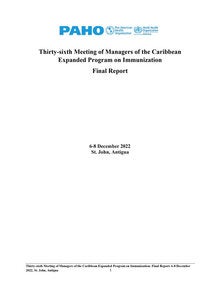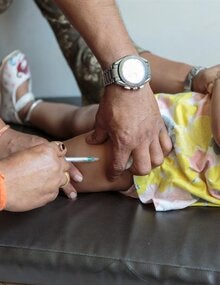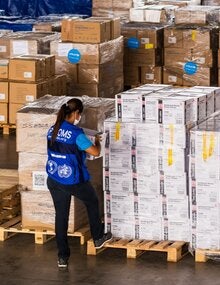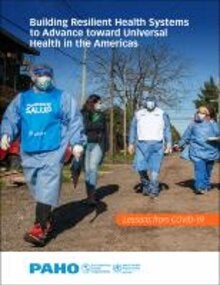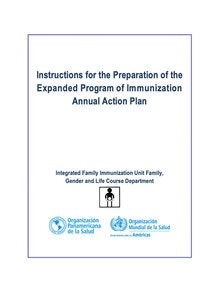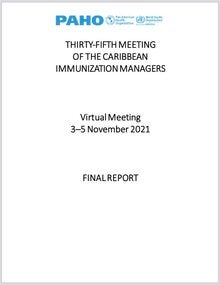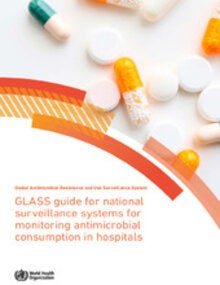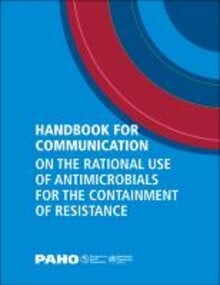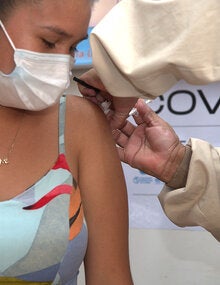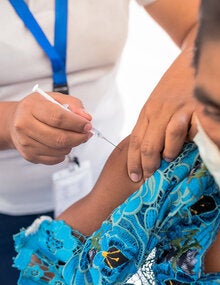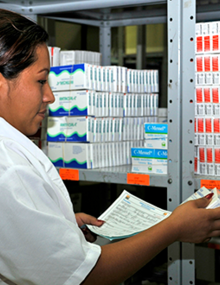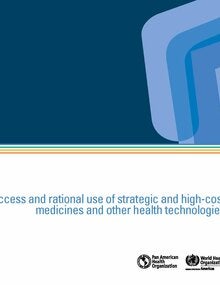SHAA2030 - Goal 5
Sustainable Health Agenda for the Americas 2018-2030

Goal 5: Medicines, Vaccines and Technologies
Ensure access to essential medicines and vaccines, and to other priority health technologies, according to available scientific evidence and the national context.

SCOPE
The attainment of this goal requires improving equitable access to priority and quality medicines, vaccines, and other health technologies, according to available scientific evidence, which is important for universal access to health and universal health coverage. The availability of these health technologies and their rational use involve the following considerations:
- timely and affordable access to safe, quality, effective medicines and other health technologies;
- a national essential medicines list and a priority health technologies list;
- a strong national immunization program;
- sustainable mechanisms for public procurement and strengthening of the supply chain for medicines and vaccines;
- promotion of a competitive environment and transparent and efficient practices in the management of medicines, vaccines, and other health technologies, including the optimization of regional and subregional mechanisms and funds;
- innovation, health technology assessment (HTA) and health technology management in accordance with the needs of the population;
- development of innovative medicines in accordance with needs of the population;
- management of intellectual property to promote innovation.
TARGETS FOR 2030
- Ensure timely access to medicines on the national essential medicines list, and to priority health technologies, without any payment at the point of care, service, or dispensing of the medicine, according to the national context (revised PAHO Strategic Plan outcome 4.3).
- Reach 95% vaccination coverage(1) in children under 5 years of age, through national vaccination programs (revised PAHO Strategic Plan outcome 1.5).
- Have in place a national regulatory authority for medicines rated at level-3 capacity based on the WHO global benchmarking tool.(2) (Adapted from PAHO Strategic Plan outcome 4.3).
- Implement health technology assessment methodologies in the decision-making processes for incorporation in health systems(3) (PAHO Report: Health Technology Assessment and Incorporation into Health Systems, document CSP28/11 [2012]).
- Implement the requirements of the international Basic Safety Standards in diagnostic and therapeutic services that use radiation health technologies (Radiation Protection and Safety of Radiation Sources: International Basic Safety Standards, PAHO document CSP28/17, Rev. 1 [2012]).
- Promote only and exclusively non-remunerated, repeated, voluntary blood donations, and discourage remunerated and family/replacement donations except where protected by the national regulatory system (Plan of Action for Universal Access to Safe Blood, PAHO resolution CD53.R6 [2014]).
- Strengthen national, subregional and regional mechanisms for negotiation and purchasing to improve the capacity of countries to obtain more affordable and equitable prices for medicines, vaccines, and other health technologies (Policy on Access and Rational Use of Strategic and High-cost Medicines and Other Health Technologies, PAHO document CD55/10, Rev. 1 [2016]).
- Taking into account public health perspectives, strengthen the capacity to implement intellectual property policies and health policies that promote research and development of medicines, vaccines and other health technologies for communicable and noncommunicable diseases that primarily affect developing countries and that promote access to affordable medicines, vaccines, and other health technologies (adapted from SDG target 3.b and Policy on Access and Rational Use of Strategic and High-cost Medicines and Other Health Technologies, PAHO document CD55/10, Rev. 1 [2016]).
- [1] Coverage is measured using DPT3 (Diphtheria, pertussis, and tetanus) as a tracer.
- [2] “National regulatory authority that is competent and efficient, which shall improve performance of certain health regulation functions recommended by PAHO/WHO in order to guarantee the safety, efficacy, and quality of medicines”: http://www.who.int/medicines/regulation/rss/en/.
- [3] The processes for the HTA-based prioritization and incorporation of health technologies contribute to universal access by: improving the quality of health care; evaluation of genuine therapeutic innovations; increased efficiency of expenditures; expanding access to technologies that are effective, safe, cost- effective, and that form part of the right to health; and rational use of technologies. (CSP28/11)


